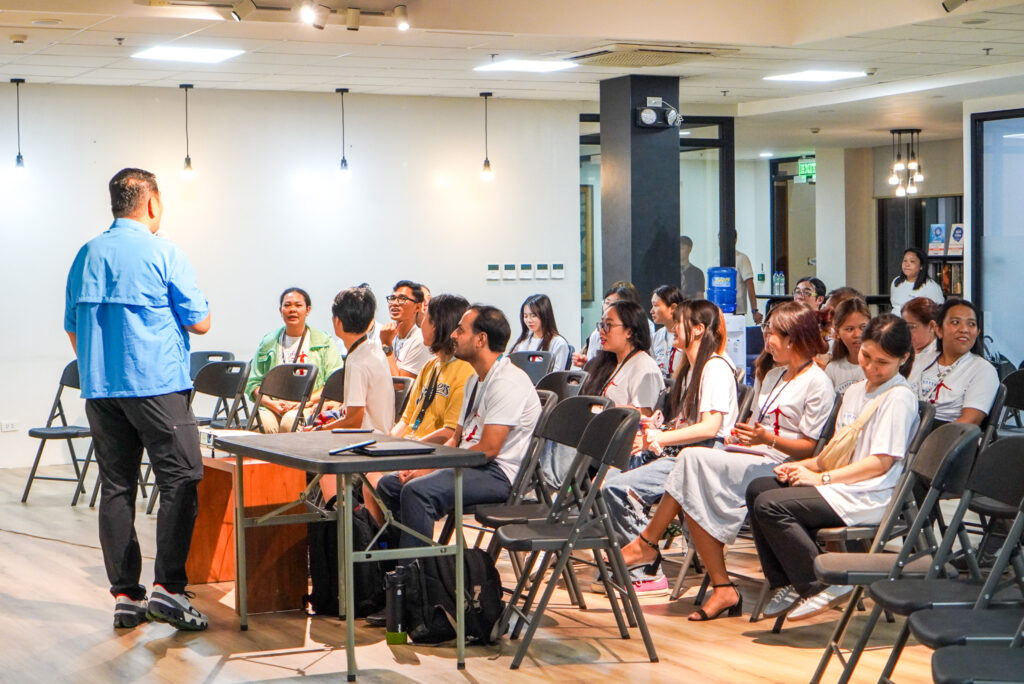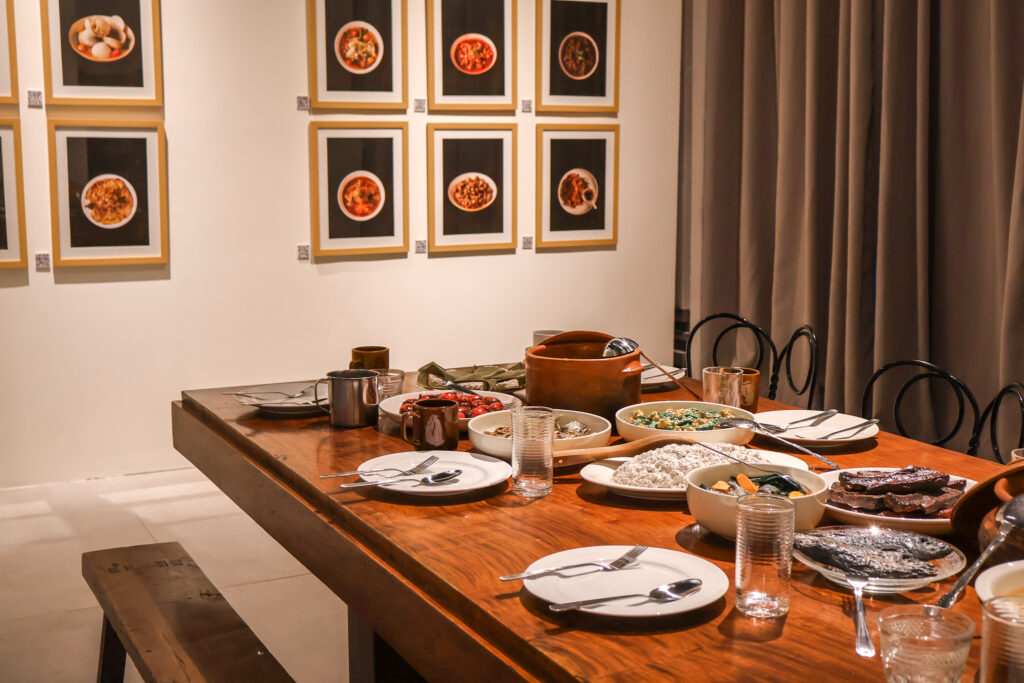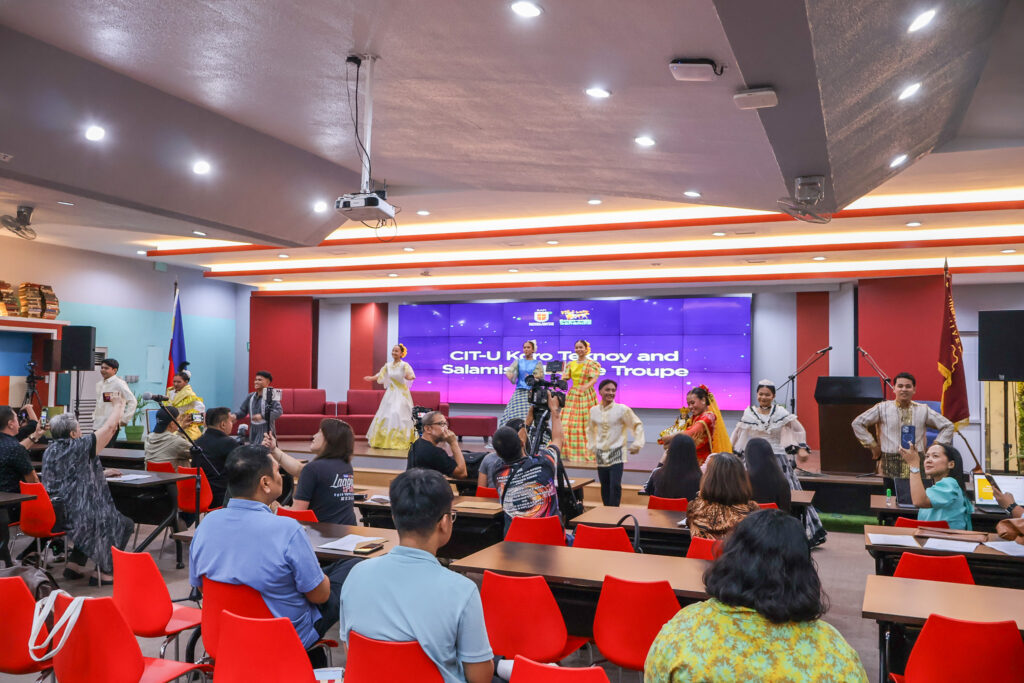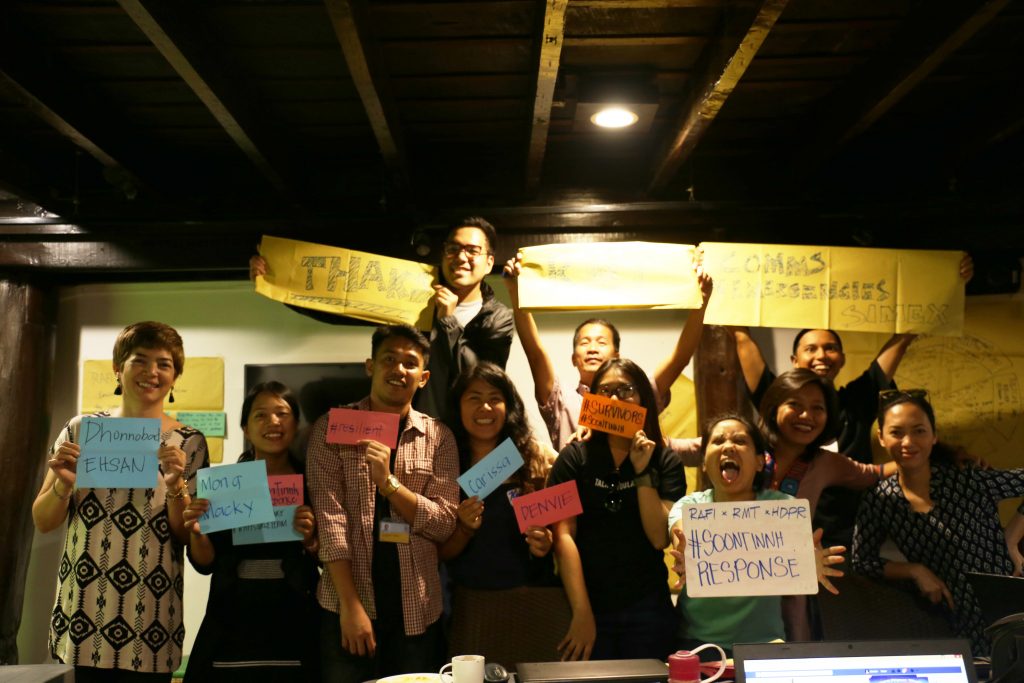
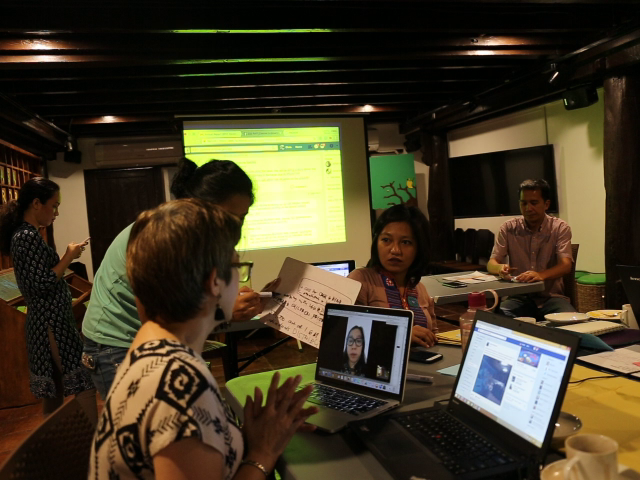
Previous
Next
Communication in the context of disaster is an aid as important as any relief assistance. The right information given at the right time and through the right channels can save families, livelihoods, and lives. Information can give people back their future.
In order to build a disaster-ready RAFI and form the RAFI Surge Team (RST), the Humanitarian Disaster Preparedness and Response of the Ramon Aboitiz Foundation Inc. (RAFI-HDPR) held another Communications in Emergencies learning event last February 27 and 28, at the EADSC building and CGM Visitors’ Lounge, respectively.
The learning event sought to impart knowledge on participants from the Reputation Management Team, Kool Adventure Camp, and Integrated Development Unit, and make them appreciate the value of communication when disaster strikes. Another goal was to build a proactive media/communications-prepared ResponseTeam—always ready to provide information to affected communities, media, decision-makers, and the public.
“We want to emphasise the fundamental principles of communication in a disaster context, communication with disaster-affected population, and a learning organization and staff taking into account the Core Humanitarian Standard of Quality and Accountability (CHS),” said HDPR Programme Head Chris Estallo in opening the learning event.
Crucial role
Maryann “Mai” Zamora, a Communications in Emergencies specialist with local and international experience, was the guest speaker, who said that the half-day simulation made the participants realize to be sharp and critical in responding to an emergency situations and the value of synergy with the HDPR team.
Participants were taught to better appreciate their roles and the value of communication when disaster strikes. They also learned about the stages of a disaster or emergency clock, handling media during emergencies, content mapping, communication in emergencies dashboard, communication in disaster-affected communities. There was also a simulation exercise—a devastating typhoon somewhere north of Cebu—to test the participants’ learning.
“Right after the simulation, being RAFI’s Digital Media Specialist, I became fully aware that I am not just the person behind all the social media posts. I am someone who has a very vital, sensitive, and delicate role when it comes to communication during emergency and disaster. I also realized the importance of the phrase “Think before you click…” I can make or break my organization’s name in just one click. We really are not just communicators, we ARE communicators and we are hold a very crucial part in this field,” said Ojharra Manlosa.
“I did not know that communication in emergencies is complex andwill only be effective if key players create a system or plan. I learned that we need to ride the small opportunity of hype during the first 72 hours,” said Landolf Villanueva, KAC Youth Development Program Facilitator.
Assessing the participants’ performance, World Vision Communication Specialist Mong Jimenez, who acted as a local media during the simulation exercise, said they were able to successfully address media and donor queries.
“Their resources are also substantial; how they present it can be useful in an actual emergency. For emergency communication, timing is everything. How timely you feed resources is as important as the content,” he added.
The Humanitarian Disaster Preparedness and Response Unit of the Ramon Aboitiz Foundation, Inc. (RAFI-HDPR) contributes to the effectiveness and efficiency of the disaster preparedness and surge capacity of the Local Government Units.
